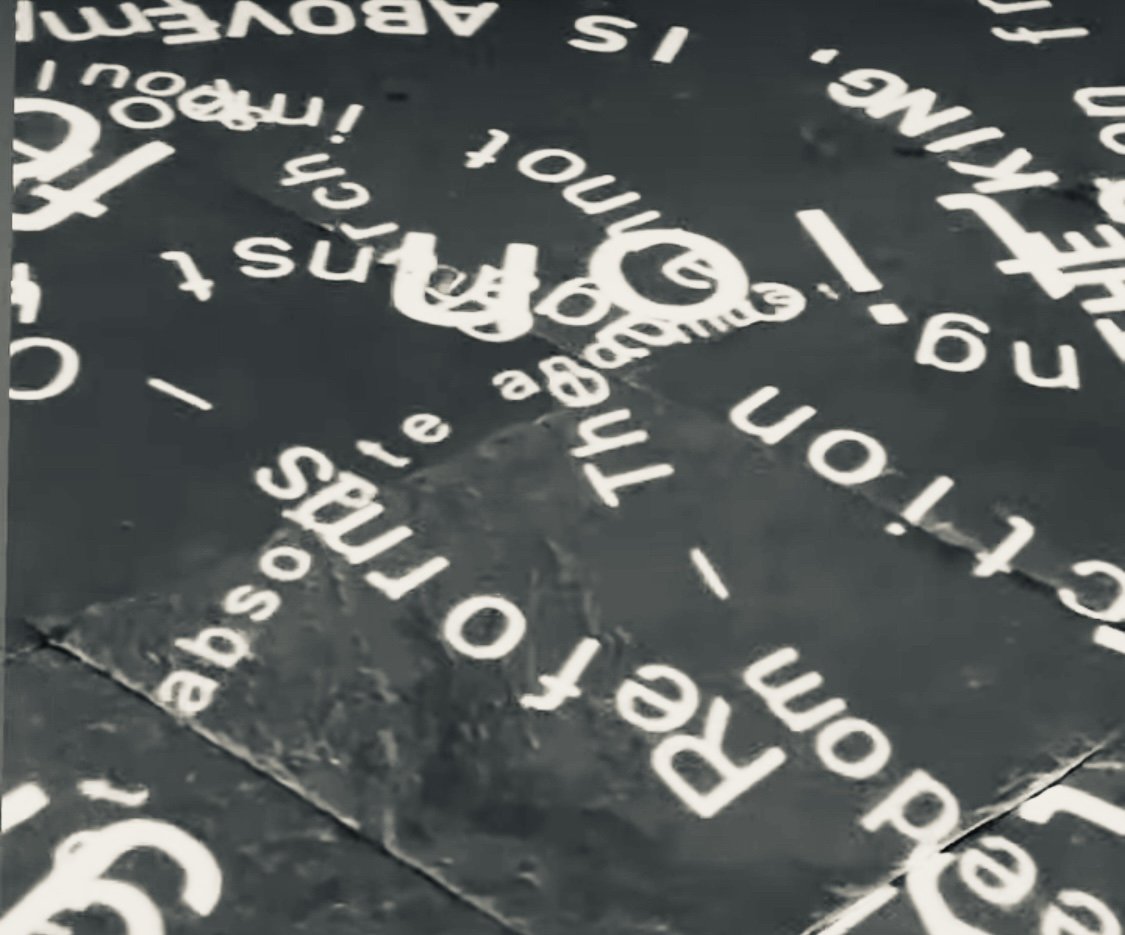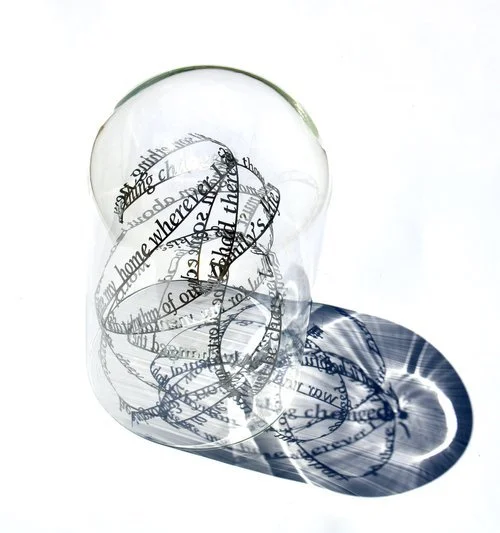It’s been a while since I put fingertips to keyboard. As some readers, fellow creatives and friends will know, my efforts and braincells have been flurrying around over the last few months working to set up a second art studio in Singapore. Here, I will be creating a new body of artwork, as well as some exciting opportunities for other artists who will get the chance to take part in an exchange programme. Whilst time intensive, the process has involved forging many exciting new relationships and collaborations, meeting new people and discovering new places. I am delighted, amazed and overwhelmed to tell you that I am finally here: ensconced in my new art studio, equipped with a fresh horde of brushes, metallic pigments and ink pens, in the inspiring city of Singapore.

As a memento of the familiar, I shipped over some key items from London that help me create, (my date stamps, naturally), but apart from this I am challenging myself to create a whole new body of work. There is so much beauty and life here, as well as new climates and cultures to influence my creative output, not least the local arts scenes. Contemporary East-Asian creativity has become increasingly prominent on the international stage in recent years.
Over the past 2 decades the Singapore art scene has sprung into vibrant existence, with many artists overcoming challenges, restrictions and a lack of support for unconventional media to reach today’s Singapore – which encompasses plenty of wonderful art collections, museums and galleries. Many shows I have seen since I arrived included Singaporean artists who focus on postcolonialisation and the notions of diaspora, personal and cultural identity, and change – resulting in a body of contemporary art that truly speaks of the relatively short but rich, multicultural history of this country.

Sculpture by Michael Ong, Sculpture Square.
Perched two degrees north of the equator, Singapore has a tropical climate and was originally covered in tropical rain forest and fringed with mangrove swamps. Today’s more familiar panorama of sky scraping towers of glass and light overshadowing Victorian-era government buildings was born out of Singapore’s transformation in 1989 from a colonial port to an independent city-state with the highest standard of living in Southeast Asia.
Since then a balance has been sought between tradition and modernity; cosmopolitan and local; Asian and Western. Singapore decided to ‘go cosmopolitan’ after separating with Malaysia in 1965 – carving a niche for itself in the world, rather than in the regional economy. Constructing this cultural and social distance from neighbouring lands to foster a new identity did indeed lead to a society that is prosperous, modernised, and engaged in worldwide popular culture, arts, media and music. The arts here has been unpacking, exploring and questioning these topics of cultural identity and legacy, transformation, pasts and personal histories.

Image courtesy of Singapore Art Museum – Singapore Biennale 2012
Now is another time of social shift, with an echoed metamorphosis of the arts beginning in Singapore – or some might even say the shift originates in the voices and propositions put forward by the creatives. Artists have long ago broken out of the market-driven scene, and there is ever growing social awareness of art, and the potential for artists to be a catalyst for this social change.
The Government of Singapore has been known for objecting to artists questioning society or breaking rules – the type of challenging and thought provoking work we are used to in the West. In more recent times the arts has been recognised as helping to build the Singaporean community, a type of ‘social glue’. Now, instead of artists being seen as responsible for this ‘gluing’ in a harmonising rather than a confrontational manner, artists are given increasing freedom as it is realised that no society is ever of one mind or one opinion.
However, challenges still lie ahead for artists and writers to truly express themselves. Examples of this would be the ‘sticker lady’ who was arrested for graffiti as art (Singapore has strict laws against graffiti, which do make it a much more beautiful city than most, but disable Banksy-style street art); or Tracey Emin who is currently featured in Encounter, the Royal Academy show at LASALLE- some of her pieces were censored as they featured obscene images and words, something we are used to, or perhaps numb to, in the West.

It is into this melting-pot of change, complexity, and cultural advances that I want to launch a new art programme – aiming to enable artists & writers to develop their practice & broaden their reach – through exchanges, residencies, exhibitions & mentoring schemes. Artists will be encouraged to build relationships with other artists, arts professionals and international contacts. The project also encourages new forms of public engagement with art through a series of exhibitions, events, workshops and talks, as well as digital content. (More info on the website here)
As for my own artwork, I’m starting a fresh collection of sculptures and drawings which will explore language, communication and cultures as well as cultural shifts, though delicate and complex forms. I will have some artwork in London this Winter/Spring, some shows planned for Singapore in 2013, and some additional projects in London come the Summer of next year – to be announced soon.
Finally, I will leave you with some inspirations – some of the scenes I have enjoyed, and work from local artists and international artists showing in Singapore, pictured below…

At ShanghART is: ‘The Geography Class (2)’ by Zhang Enli, Image courtesy of Wallpaper magazine and ShanghART

Among the works in the opening show at Ota Fine Arts, (Gillman Barracks) , are: ‘Waking Up in the Morning’ and ‘Flowers That Bloomed Today’, both by Yayoi Kusama, 2012, Image courtesy of Wallpaper and Ota Fine Arts

LASALLE College of the Arts – “An exercise in sheer imagination”. Conceptualised and designed by Singapore-based architectural firm, RSP Architects, it represented Singapore in the architectural section of the Venice Biennale in 2004 and won three international architectural awards.

Tracey Emin, featured at ENCOUNTER – ICAS, LASALLE. Image courtesy of Paddle8

Exhibitions at Singapore Art Museum

Installation at the night lights festival, Singapore Art Museum

Building-wide installation at the night lights festival, Singapore Art Museum (S.A.M)

Installation at the night lights festival, Singapore Art Museum (S.A.M)

SONG-MING ANG Parts and Labour, 2012, Image Courtesy of Gillman Barracks and Future Perfect












